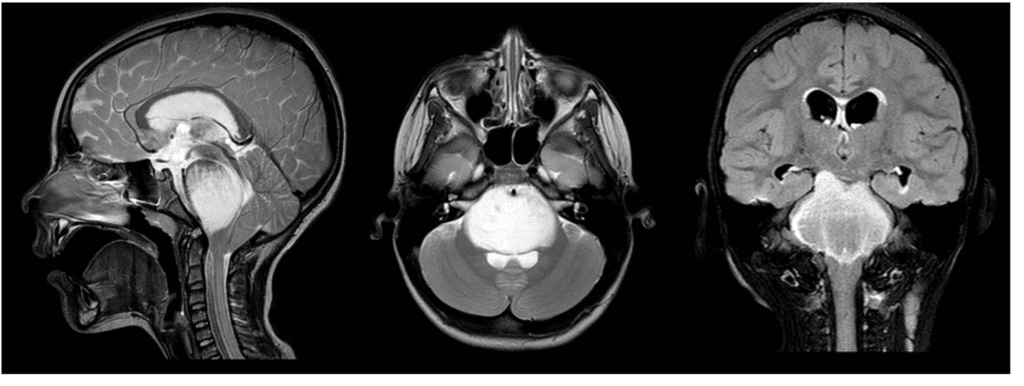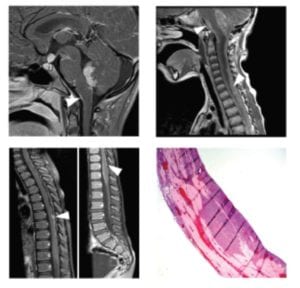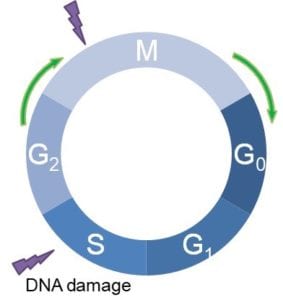Be the sponsor for this project!
We have investigated presence of the IL13RA2 protein in DIPG, and we have shown there is 13 times higher expression of IL13RA2 in DIPG cells versus normal cancer cells. We have also shown IL13RA2 is highly expressed at the protein level across multiple DIPG samples from cancer patients, confirming that IL13RA2 is a promising candidate for ADC medicine. Subsequently, we designed a preliminary IL13RA2 ADC candidate medicine, and showed that it is effective in Petri dishes across multiple cancer cell models of DIPG. Finally, we have confirmed that the ADC can eliminate human DIPG tumors grown in a mouse model. Our goal in this project is to complete the final steps needed for start a clinical trial around this promising medicine for DIPG. In this project, we will develop an additional candidate IL13RA2 medicine that our data suggests will have better clinical properties, validate both candidate drugs in additional mouse models, and investigate overall safety and toxicity of the medicines across all tested mouse models. The resulting data package will enable us to start a clinical trial to provide this promising new treatment to DIPG patients, and potentially become the first medicine to improve outcomes for DIPG patients.





